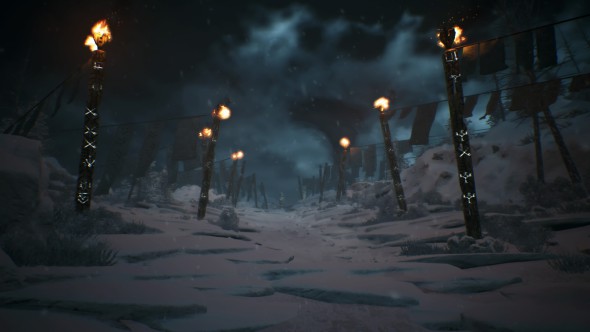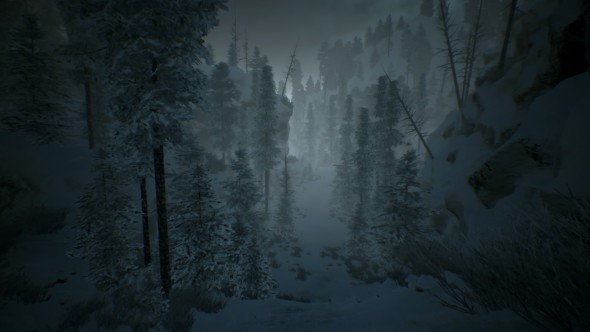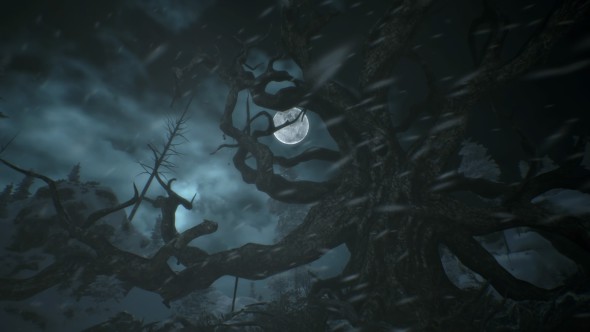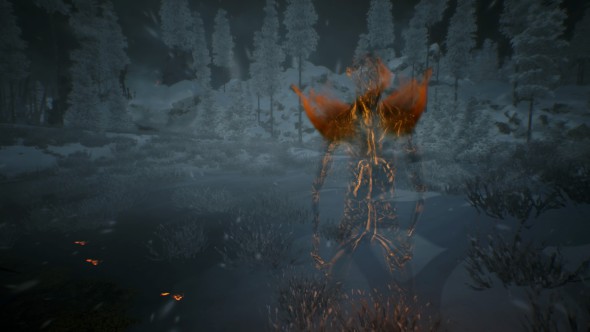
Developer: IMGN.PRO
Publisher: IMGN.PRO
Platform: PC, PS4
Tested on: PS4
Kholat (PS4) – Review
From Polish developers IMGN.PRO comes survival horror game ‘Kholat’. Based on real events and set in a snowy landscape, you will be forced to explore the relentless and ever changing mountain that may very well become your grave.
After its original PC release in June 2015, Kholat found its way to PS4 on March 2016.
Story
Kholat is based upon the real and all too scary events of the Dyatlov Pass incident. In Russia, on February 2 1959, 9 hikers whilst climbing in the Northern Ural mountains became missing. Once their empty campsite was found, their tent was found and showed signs of being torn from the inside in a rapid attempt to flee. Later multiple bodies were found with unexplainable injuries. In Kholat, you are retracing the steps of the doomed hikers. Along the way you begin to discover something haunting. An evil presence that is now focused on sending you to the same fate as the unfortunate hiking team. It is a haunting tale that has some very uncomfortable weight to it but we feel that indie developer IMGN.PRO really missed out on the opportunity of telling a brilliantly scary story. It’s a little stale in terms of delivery and really didn’t give us much of a scare. There just isn’t enough depth to everything and we found ourselves begging for something with just a little more body to it.
Graphics
This game is bleak and beautiful. Thanks to the accurate representation of a stormy mountain, you really feel engulfed in the environment with it sometimes becoming all a bit much for the player to handle. Rapidly changing weather and light keeps you on your toes and points of interest are interesting if not a little bit too stand out. Visually, everything is very impressive. Ominous glowing objects in the sky led us to new story segments, and with finding the historical explantations of said objects, they became all the more frightening. This all really is something impressive. In the intro scene before you begin your ascent, we really felt as if we were in the game. That’s something to be admired.
Sound
Kholat does a particularly good job of creating a nervy atmosphere. It isn’t over the top and rather subtle. When you come across a place of interest, there is a unique heightening of volume and a change of music to change the situation altogether. Whilst certainly one of the games strong points there are little niggles that could have been avoided. For example, sometimes in the quietness, you’ll hear constant creaks of wood. Even if there is absolutely no trees or buildings around. Just stone and a lot of snow.
In terms of voice acting, there isn’t a whole lot of dialogue. However, the main narrator is voiced by none other than Sean Bean. That in itself is totally awesome.
Gameplay
Kholat, a survival horror, plays in a very similar way to many other modern indie horror games such as ‘Slender Man’. You are placed in first person in order to heighten the immersion and sent on your way to find notes pinned to meaningful landmarks such as a sacrificial table and a burnt down church. Whilst exploring you will have the constant knowledge that something is looking for you and in the case of Kholat, this is a fiery skeleton that leaves flamboyantly orange footprints in the snow. If caught by him (which we were.. many times) you will be turned around and swiftly eliminated. After the first few times he showed up, he quickly lost his scare factor. In fact, at one point he seemed to glitch out and stand directly in front of us sharing an awkward exchange of glances with us. Inconvenient to say the least as we wanted to continue our adventure.
The controls are simple if not a little bit lacking. Small rocks and snow mounds often got in the way and without a jump button, a lot of the interesting scenery remained unexplored. This for us was certainly frustrating but it didn’t really cause anything game breaking.
A unique point that Kholat brings is the complete removal of all directional assistance. You have a map that never shows your location and a compass that allows you to find your bearings. This choice has its positives and negatives. What it meant for us was that we constantly ended up walking around in endless circles. This whilst rather frustrating is very good for immersion. You can’t help but feel hopelessly lost if you don’t make an effort to track your position (which of course we didn’t).
Conclusion
This could have been a really promising game. It had a great story behind it and lovely visuals but was severely let down by the missed chance to deliver the story in a compelling way. The horror elements were lacking and it really watered down the whole experience for us. It’s good, we’ll definitely give it that. It’s atmospheric and overwhelming in the sense of exploration but with such a heavy, unsettling story behind it, it fails to fill us with the dread we would expect. Great visuals and good atmosphere really make this game worthy of a play, but it has missed out on being a classic.










No Comments